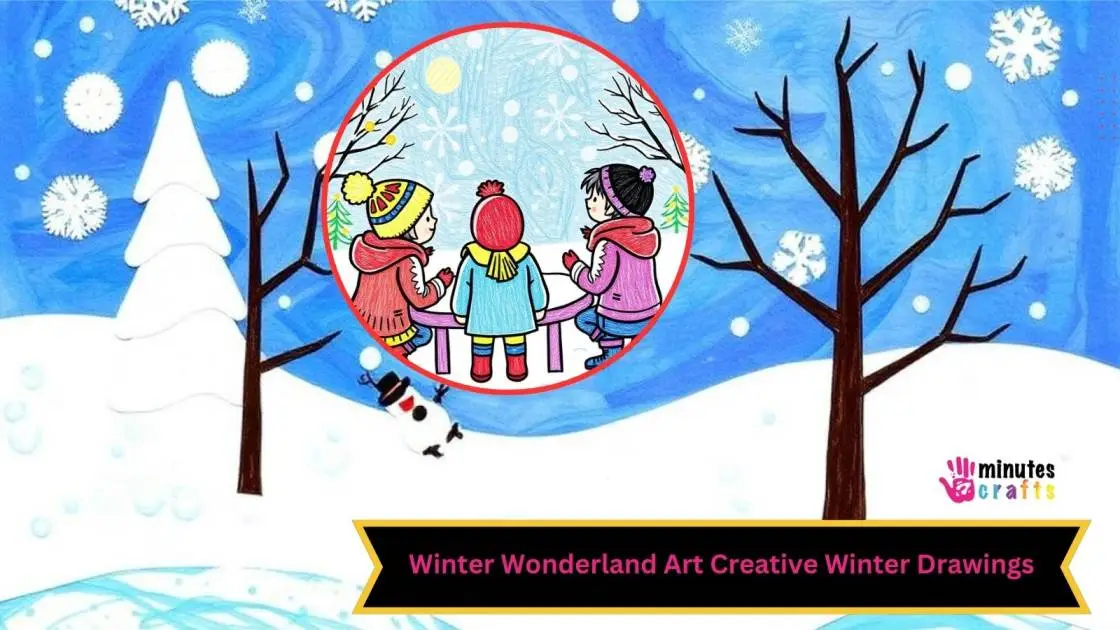Modern Russian Attire From Peter In 1700s Clip Art has a long history and represents the nation's rich cultural legacy. The historical russian dress in art, fashions, and cultural significance of Russian traditional dress are reflected in its elaborate patterns, colorful textiles, and distinctive styles.
Modern Russian Attire From Peter In 1700s Clip Art

Vladimir Putin has likened his activities in Ukraine to the capture of the Baltic coast by Russian king Peter the Great during his battle against Sweden in the 18th-century Russian clothing styles.
Putin addressed a gathering of young businesspeople in Saint Petersburg Thursday after visiting a museum to commemorate Peter the Great's 350th birthday: "You get the impression that by fighting Sweden he was grabbing something. He was taking it back, not taking anything.
Read Also: Semi Casual Attire: Style Tips for Men and Women
The History of Traditional Russian Clothes
Due to the country's unique socioeconomic structure, severe environment, and huge geographic area, Russian traditional attire has changed throughout ages. Clothing has been made from ancient times to serve as both practical cold protection and a reflection of the wearer's social standing and Modern Russian Attire From Peter In 1700s Clip Art.
Social Structure's Function
Traditional dress styles were also heavily influenced by social status. The nobles, referred to as boyars, donned opulent textiles like velvets, silks, and brocades that were frequently imported from Asia and traditional and modern russian garments.
Their elaborately designed clothing, which was heavily embroidered with gold and silver thread, was a symbol of their riches and prestige.
Early Photographs of Russian Nobility

The "Collection of Sviatoslav" (1073) has one of the first known depictions of the princely family, which provides insight into the fashion of the time and is unmistakably linked to the prevailing trends in medieval Europe.
You Must Know: Reviving 1800s Womans Damask Fashion Trends You Must Know
Trade Growth
The expansion of commerce between Europe and Muscovite Russia began in the fourteenth century. England, Italy, and France supplied Moscow with brocade, velvet, and other types of silk and wool. Russia acted as a middleman in commerce between Turkey and Persia and Europe.
Sarafan
The sarafanets, a male outfit consisting of a long, narrow, open-out garment with sleeves, were first mentioned in the middle of the fourteenth century. Later, the major component of the sarafan, a long, sleeveless garment that became the Russian woman's national costume, was named after it. and know more about the modern russa atire from peter in 1700s pictures.
Different National Costumes
The vastness of the country, the variety of the raw resources, and the living circumstances made it difficult for Russia to develop a single national costume.
Changes in the 19th and 20th Centuries
The statute of 27 February 1834 established a female court "uniform" because Tsar Nicholas I (1796-1855, emperor from 1825) wanted women at the court to wear Russian clothing from the beginning of his rule.
Russian Clothing from the Ninth to the Thirteenth Centuries

There were no preserved examples of Russian clothing from early Russian history or even from the ninth to the thirteenth century. Examining every source that might be used—including archeological evidence, various written texts, handicrafts, and ornamental art—was the only method to reconstruct what Russians looked like at that era. Our understanding of the materials typical of that era—hides and leather, bast, wool, flax, and hemp—provides us with the most trustworthy information on Russian clothing from the pre-Christian era.
The Function of Traditional Clothes in Contemporary Times
Russian traditional attire is still worn for religious holidays, modern russian attire from peter in 1700s pictures, and other special events, as well as at cultural festivals.
The classic sarafan, kokoshnik, and kosovorotka designs continue to inspire designers and craftspeople, maintaining a connection to Russia's rich cultural heritage even as current fashion has adopted global trends.
You May Also Like: How To Thread An Old Fashioned Singer Sewing Machine
Classic Pieces in Russian Women's Clothing: The Sarafan and Rubakha
Traditional Russian women's attire is distinguished by its rich cultural meaning, practicality, and grace.
The sarafan or the rubakha (a linen blouse), which symbolize all of the regional traditions and country, are two vital pieces of apparel that Russian women have worn for decades.
When paired with headdresses like the kokoshnik, these outfits provide a glimpse of Russia's rich cultural past.
A Sign of Russian Tradition: The Sarafan
Traditionally worn over a rubakha, the sarafan is a long, sleeveless garment with a trapeze form. It was appropriate for both celebratory occasions and everyday use due to its flowing, loose shape.
The design of the sarafan varied according on the wearer's position. Wool, cotton, or linen were often utilized to make it. The sarafan is sometimes quilted with gold or silver and can be made of luxurious fabrics like silk or brocade for women who have more money.
The Rubakha: The Basis of Conventional Dress

Often stitched on the hem, collar, and cuffs, the rubakha is a long-sleeved linen shirt worn underneath the sarafan. This embroidery was not just decorative but also culturally and symbolically significant.
Accessories: Beyond the Kokoshnik
Accessories, the most notable one hat was the magnificent headpiece known as the kokoshnik, were essential to women's attire. Usually worn by married ladies, the kokoshnik is a big, elaborate gown that is occasionally sewn with beads, pearls, and exquisite motifs.
Valenki and Kosovorotka: Crucial Components of Russian Men's Clothing
Russian men's customary clothes is utilitarian, reflecting the country's cold environment and cultural traditions. The most iconic items are the kosovorotka, a shirt with an off-center neck, and the valenki, felt boots designed to withstand extremely cold temperatures.
Read: Retro Glamour Dress To Impress Outfits Trends: Ultimate Guide to Retro
Valenki: A Crucial Cold-Weather Resource for Russia
built from thick, compressed wool, valenki are felt boots that are built to withstand the harsh winters of Russia. Their main purpose was to act as insulation, keeping feet warm during extremely cold conditions.
Despite not being waterproof, valenki were frequently worn with galoshes to shield the boots from dampness and snow, which made them incredibly useful in inclement weather.
The Significance of the Colors and Patterns

Russia's rich cultural past is reflected in the complex symbolism woven into traditional Russian attire. Every component, from the needlework to the color selections, has deep significance and frequently communicates ideas about ethnic identity, family, and social standing.
Embroidery's Symbolic Significance
One of the most expressive types of symbolism in traditional Russian clothing is embroidery. Certain stitches and designs, like stumpwork or cross-stitch, frequently symbolize different cultural values and beliefs.
The Significance of Colors
Additionally, traditional attire uses color to communicate ideas. Red, for example, is a common color for wedding attire since it represents beauty and love. White is frequently worn at significant life events, such as weddings and christenings, and modern russian attire from peter in 1700s pictures symbolizes purity.
Celebrations of Culture and Festivals
During Russian holidays such as Maslenitsa, which celebrates the end of winter, traditional clothing is often worn.
Both men and women dress colorfully for this event, with men donning kosovorotkas and women frequently donning intricately embroidered sarafans and headscarves. These outfits honor centuries-old traditions while still capturing the joyful atmosphere.
Must Read: Icon Fashionista Stickers No Blur Trends You Need To Know
Weddings and Other Special Events

Another event in Russia when traditional attire is highly valued is weddings. While men often don a kosovorotka, brides typically don a sarafan, or custom-made dress, with elaborate designs and vibrant hues.
Connecting the Past and Present: Russian Fashion in the Present
Traditional Russian attire is becoming a more popular source of inspiration for modern fashion designers, who are fusing traditional history with modern design. This combination highlights the timeless appeal of Russian fabrics and themes while forging a lively link between the past and present.
FAQs: Modern Russian Attire From Peter In 1700s Clip Art
What do men traditionally wear in Russia?
Young boys and unmarried men, for instance, wore long shirts that hung over the knees. Married men and older men wore knee-length shirts. Although it was more of an exception than the rule, young men in some areas wore shirts so long that they didn't even need to wear pants.
What did Russians used to wear?
The richness and elegance of traditional Russian clothing were maintained by the Russian peasantry. The sarafan and the poneva are the two main ethnic clothing styles in Russia. A sarafan is a long, loose-fitting jumper dress that is belted and worn over a long linen shirt.
How did Russia benefit from Peter the Great?
Russia, which had significantly trailed behind the Western nations at the beginning of his reign, was modernized and made into a powerful force by Peter the Great. Russia achieved amazing strides in the areas of education, science and culture, foreign policy, commerce, and economic development as a result of his many reforms.
What kind of attire is most popular in Russia?
Modern Russian Attire From Peter In 1700s Clip Art, traditional Russian guys enjoy showing off their leather. As a matter of fact, a leather jacket remains a stylish accessory regardless of the season! Russian ladies adore to show off their high heels and dress in dresses, long skirts, and shirts.
Why does Russia wear red clothing?
Red was ingrained in Soviet culture from a young age: from the age of 10 to 14, almost all children belonged to a communist youth organization known as the Pioneers, and they had to wear a red scarf around their necks to school every day.
What is the origin of Russian?
An Eastern Slavic language belonging to the larger Indo-European family is Russian. Old East Slavic, the language spoken in Kievan Rus', a loose aggregation of East Slavic tribes from the late ninth to the middle of the thirteenth century, is its ancestor.







